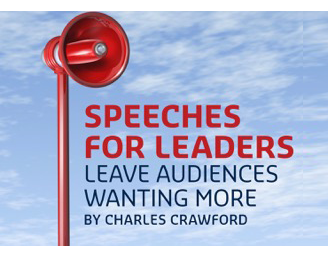Try this one:
ER = R x SDa x SDc x corr (a,c)
This says that the excess expected return over cash of any asset should equal the product of just four things:
– A measure of risk aversion, R. The more we hate risk – other things equal – the higher should be the expected returns needed to compensate us for it.
– The standard deviation of the asset, SDa. The riskier an asset, the higher must be its returns.
– The standard deviation of our consumption growth, SDc. If there’s a risk that our consumption will fall a lot – say because we lose our jobs or business – then we can’t afford to take on so much risk with our other assets. We thus need higher returns on them to compensate for taking their risks.
– The correlation between consumption and the asset’s returns. If an asset is likely to do badly when our consumption falls because we have hit hard times, we need higher returns on it to compensate for the risk that our wealth will fall when we most need it.
Then examples are given, plus this wise concluding observation:
Equations are not simply about hard numbers – many of which offer only pseudo-precision anyway. They are ways of organizing our thinking – of telling us what matters, and what questions to ask. And this is why this equation is so beautiful.










